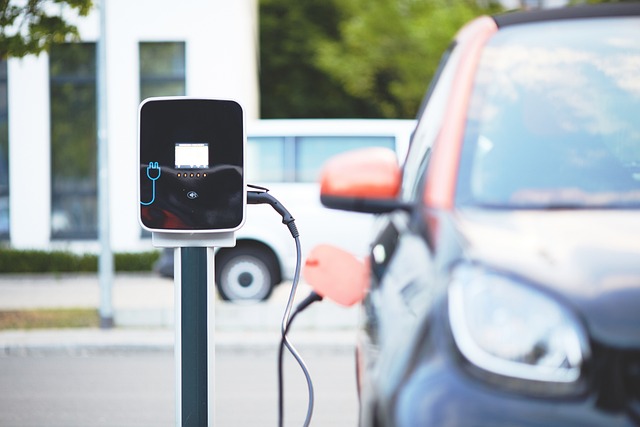Planning Charging and Range for Electric Adoption Across Regions
Electrification of vehicle fleets and personal ownership is reshaping mobility, but adoption depends on practical planning for charging and realistic range expectations across different regions. Effective strategies consider local infrastructure, vehicle efficiency, financing and insurance implications, and maintenance and diagnostics needs. Regional differences in climate, grid capacity, and urban density shape the optimal mix of public charging, workplace chargers, and home solutions, while fleet and individual choices affect resale and long-term sustainability outcomes.

Ownership and leasing choices
Choosing between ownership and leasing affects how drivers and fleets plan for charging and range. Owners may invest in home charging hardware and long-term maintenance programs, while lessees often rely more on public or workplace charging and shorter-term warranty and inspection routines. Leasing can simplify financing and lower upfront costs, but it may include mileage limits that interact with true range in daily use. When evaluating ownership models, consider resale implications, insurance terms that cover charging equipment, and whether the vehicle’s diagnostics systems are included in dealer or third-party maintenance agreements.
Charging and range planning
Range planning involves matching vehicle efficiency to typical trip profiles and available charging infrastructure. Urban areas with dense public charging and shorter trips permit smaller batteries and more frequent charging, while rural or longer-distance regions benefit from larger range and reliable fast-charging corridors. Charging strategy should balance overnight home charging for daily needs with opportunistic fast or destination charging for longer journeys. Factor in charging time, connector compatibility, and local services for charging installation and permitting; map typical routes to identify gaps where additional infrastructure or conserved energy strategies are needed.
Maintenance and diagnostics practices
Electric vehicles change some maintenance priorities: fewer oil and transmission services, but more attention to battery health, thermal management, and software diagnostics. Regular inspection of charging ports, cables, and onboard chargers reduces downtime. Diagnostics tools that integrate telematics can flag efficiency declines and battery degradation earlier, helping fleets plan maintenance windows and avoid unexpected range loss. For individual owners, scheduled inspections and firmware updates—often available through dealers or certified local services—help preserve efficiency and resale value over time.
Financing, insurance, and resale considerations
Financing and insurance for EVs can differ from internal combustion vehicles because of battery costs and residual value uncertainty. Lenders and insurers increasingly offer products tailored to electrification, reflecting maintenance profiles, autonomy features, and diagnostics capabilities. Resale estimates depend on battery warranty, documented charging and inspection history, and local demand for sustainable vehicles. When planning purchases or leases, compare financing options that factor in potential incentives and consider insurance policies that cover charging equipment and liability for public charging incidents.
Fleet electrification and autonomy impacts
Fleet managers must align electrification plans with route profiling, depot charging capabilities, and autonomy or driver-assist technologies. Centralized charging at depots can reduce per-vehicle installation costs and simplify maintenance, diagnostics, and inspection scheduling. For mixed-use fleets, a combination of depot and public charging reduces range anxiety and increases operational flexibility. Autonomy features can affect energy consumption; route optimization and predictive diagnostics improve efficiency while safeguarding safety and inspection compliance across jurisdictions with varying regulations.
Efficiency, safety, and inspection requirements
Efficiency gains come from vehicle design, driving behavior, and climate control management; in cold or hot climates, thermal loads can reduce effective range, so regional planning must account for seasonal variations. Safety and inspection regimes for EVs address high-voltage systems, battery containment, and charging station compliance. Local services often provide certified inspection and installation for charging hardware; ensuring adherence to regional electrical codes and safety standards protects users and preserves insurance coverage. Regular inspections of mechanical systems, software updates, and charger condition contribute to long-term sustainability and predictable range.
Conclusion
Planning for charging and range across regions requires a holistic view that integrates ownership or leasing choices, financing and insurance structures, maintenance and diagnostics, and the particular demands of fleets or individual drivers. Regional differences in infrastructure, climate, and regulatory environments determine the balance between home, workplace, and public charging, while attention to inspection, safety, and efficiency supports reliable range and sustainable adoption over time.





